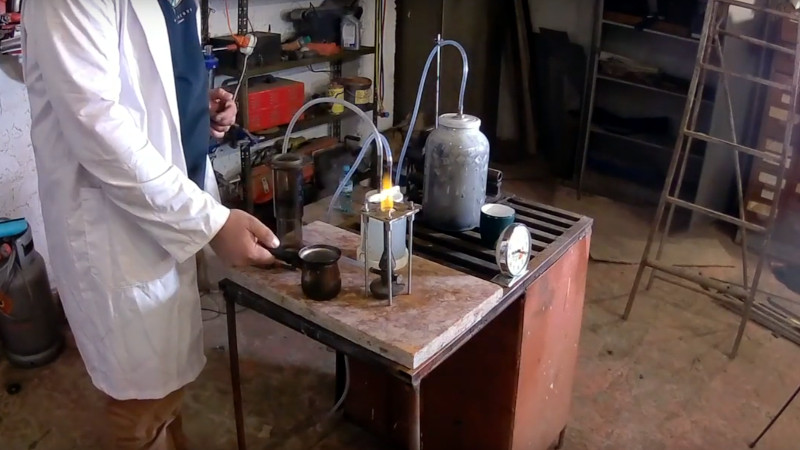Something of a Holy Grail among engineers with an interest in a low-carbon future is the idea of replacing fossil fuel gasses with hydrogen. There are various schemes, but they all suffer from the problem that hydrogen is difficult stuff to store or transport. It’s not easily liquefied, and the tiny size of its molecule means that many containment materials that are fine for methane simply won’t hold on to it.
[Isographer] has an idea: to transport the energy not as hydrogen but as metallic aluminium, and generate hydrogen by reaction with aqueous sodium hydroxide. He’s demonstrated it by generating enough hydrogen to make a cup of coffee, as you can see in the video below the break.
It’s obviously very successful, but how does it stack up from a green perspective? The feedstocks are aluminium and sodium hydroxide, and aside from the hydrogen it produces sodium aluminate. Aluminium is produced by electrolysis of molten bauxite and uses vast amounts of energy to produce, but since it is often most economic to do so using hydroelectric power then it can be a zero-carbon store of energy. Sodium hydroxide is also produced by an electrolytic process, this time using brine as the feedstock, so it also has the potential to be produced with low-carbon electricity. Meanwhile the sodium aluminate solution is a cisutic base, but one that readily degrades to inert aluminium oxide and hydroxide in the environment. So while it can’t be guaranteed that the feedstock he’s using is low-carbon, it’s certainly a possibility.
So given scrap aluminium and an assortment of jars it’s possible to make a cup of hot coffee. It’s pretty obvious that this technology won’t be used in the home in this way, but does that make it useless? It’s not difficult to imagine energy being transported over distances as heavy-but-harmless aluminium metal, and we’re already seeing a different chemistry with the same goal being used to power vehicles.
Source:: Hackaday

